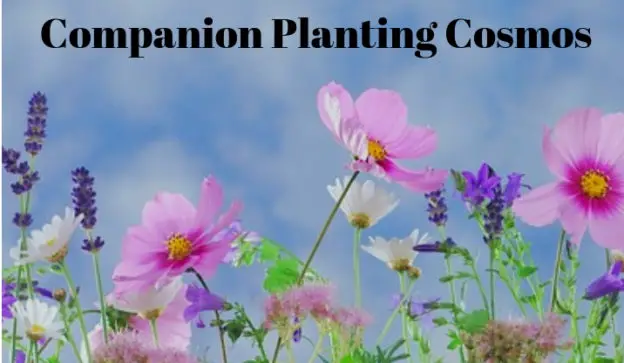With their bright, open, daisy like flowers and fern like leaves, cosmos are a welcome sight in any garden. They also work well in the vegetable garden. By companion planting cosmos with your vegetables you will grow healthier food and have a pretty display.
Unlike some flowers that have many beneficial effects on their neighbours, the main claim to fame for cosmos is they attract aphids. The knock on effect of this is they also attract hoverflies and more importantly hoverfly larvae. Hoverflies are great pollinators, and their larvae are voracious consumers of aphids.
Companion Planting Cosmos
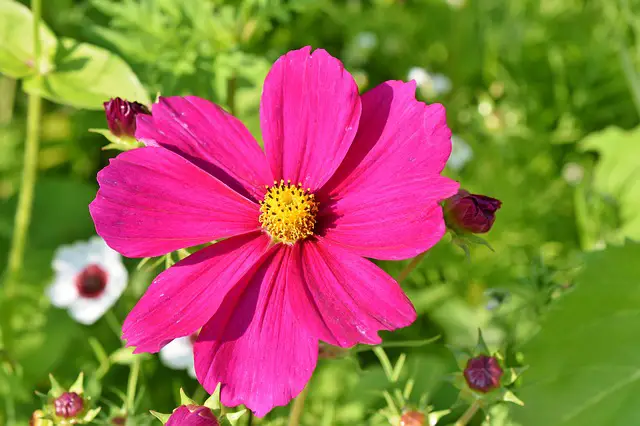
Any plant that needs pollinating, and any plant that has problems with aphid infestation will benefit from companion planting with cosmos. This includes:-
Tomatoes and Cosmos
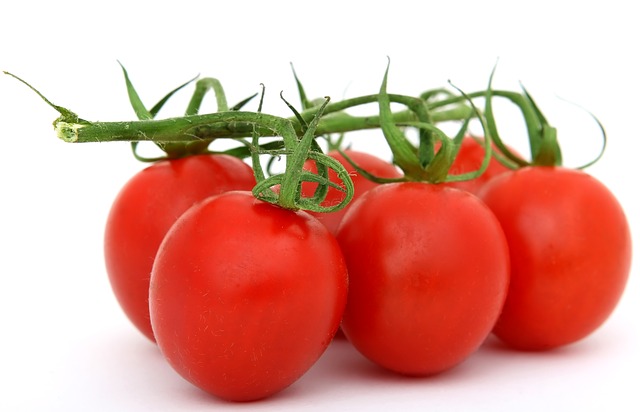
Companion planting cosmos with tomatoes will keep the aphids away from your tomato plant. Either the aphids will attack the cosmos and you can deal with the problem without damage to the tomato plants or hoverflies will appear to consume the aphids. Although tomatoes are very much wind pollinated, it never hurts to encourage pollinators to assist in pollination.
Cucumbers and Cosmos
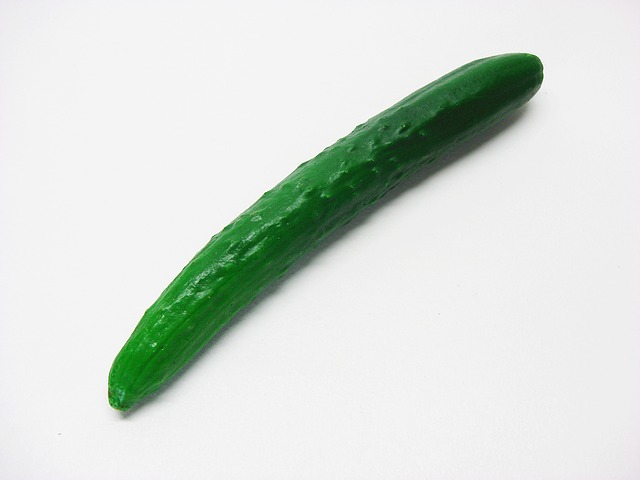
Without pollinators there will be no cucumbers on your plants, with this in mind cosmos are a great companion plant for cucumbers. The pollinators that are attracted to cosmos include hoverflies and bees both very handy in the organic garden.
Legumes and Cosmos
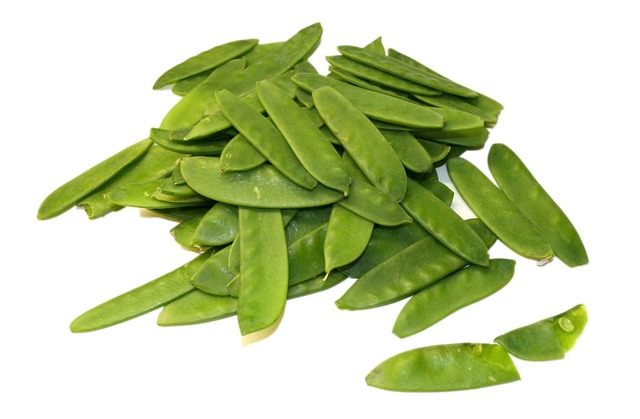
Anyone who’s ever grown beans will know that aphids can be a serious problem. Companion planting using cosmos as a decoy or sacrificial plant will alleviate this problem. Including:-
- Broad Beans
- Runner Beans
- Dwarf Beans
- Peas
- Borlotti Beans
And all other members of this family. That said, peas don’y have such a problem with aphids as beans seem to.
Squash and Cosmos

For the exact same reasons as with cucumbers, squashes will benefit from cosmos grown in close proximity. All members of the squash family will benefit from companion planting with cosmos including:-
- Pumpkins
- Butter Nut
- Turks Turban
- Courgette (Zucchini)
- Patty Pans
So that’s all Summer and Winter Squash will benefit from improved pollination by companion planting with cosmos.
Companion Planting Cosmos with Flowers
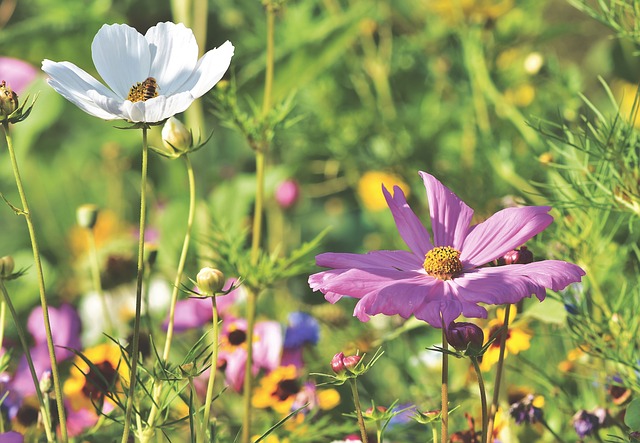
Most flowers will grow happily with other flowers and cosmos are no exception. So it really comes down to aesthetics, what they will look good sharing space with. Things to take into account include size, colour, height, positioning, and so on.
They are relatively tall plants so they are best positioned toward the back of any display unless you grow dwarf varieties.
Growing Cosmos
Cosmos will self seed and often return year after year even though they are strictly an annual plant. The point is they are relatively easy to grow as long as you follow a few basic parameters.
How to Grow Cosmos

They prefer free draining soil in full to partial sunlight. Although they will die once the frosts start, cosmos seedlings will tolerate light frost. That said it’s still best not to plant them out until frosts have finished in your area.
Sow seeds in early Spring or indoors around 6 weeks before last frost is due. Plant out leaving at least 8 inches (20 cms) in all directions (more for taller varieties). As long as your soil is fairly fertile you won’t need to feed your cosmos plants, just remember to water regularly. Don’t over water as the roots will rot if left in too wet conditions.
Cosmos and Pests

As I mentioned earlier, aphids are attracted to cosmos plants, this can be used to your advantage by making cosmos a sacrificial plant. If the infestation gets too invasive click the link to find out how to get rid of aphids naturally.
Another problem with aphids is they are often farmed by ants clear the aphids and the ants will go too. Slugs and snails are also attracted to cosmos for information on how to get rid of slugs naturally click here.
How Long Do Cosmos Flowers Last?
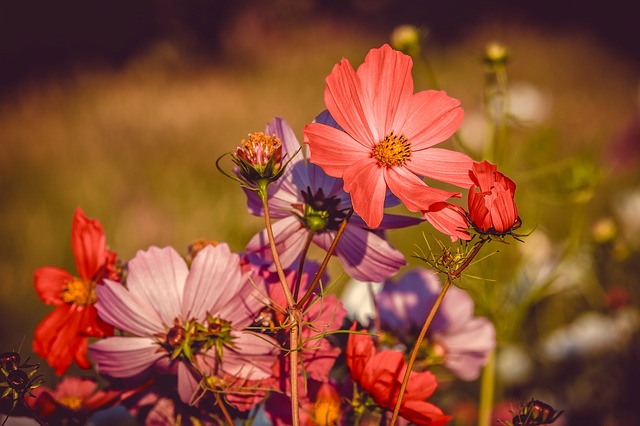
Once cosmos start to produce flowers, they have the potential to be in bloom until the frosts kill the plant. As with all plants their main directive is to continue their species and they do this by producing seeds. Once the flower is pollinated it will produce seeds and this will make it less important for the plant to produce flowers.
Deadheading Cosmos
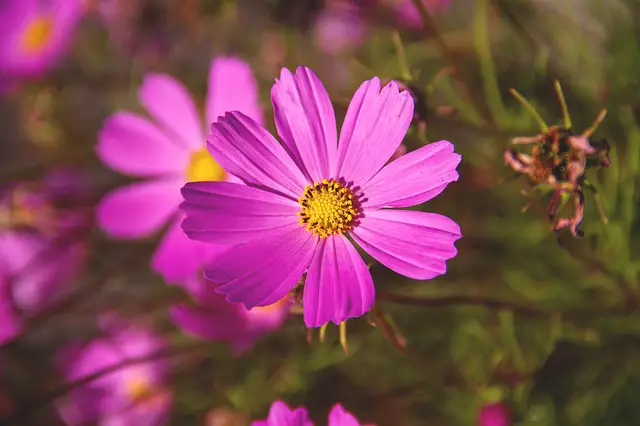
This is how us gardeners trick plants into continually produce flowers. Deadheading is just removing spent flowers to encourage the plant to produce more blooms. For answers to the question what is deadheading click here.

